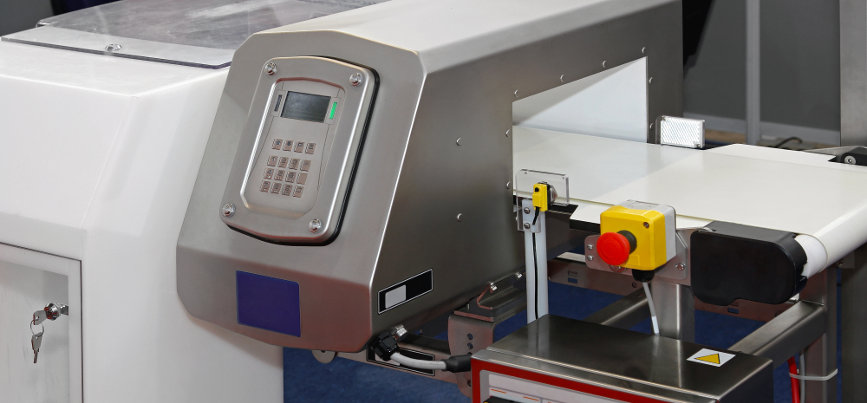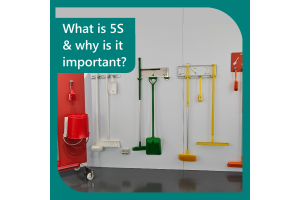7 factors to consider when setting your metal detector frequency

When setting up your metal detector, your core variable is the metal detector frequency. Here we look at 7 other factors you need to take into account.
1. Product characteristics
Every product creates a ‘background signal’. Don’t worry – this is not metal in your product, just characteristics which behave the same as metal when going through the detector! Food stuffs loosely fall into two categories – “dry product” and “wet product”. Dry products (eg, dried pasta, snacks) create a much lower background signal. By contrast, wet products (eg dairy, ready meals) create a much higher signal. If the detector frequency is too high, the background signal will trigger your detector. As a result, product will be falsely rejected.
TIP: Find out the background signal of your products – run them through the detector, increasing the frequency until it starts rejecting product.
2. Metal type
Different types of metal give different readings. To comply with industry standards you should know your detectors’ sensitivity for ferrous, non-ferrous and stainless steel.
TIP: Make sure you have a full set of test pieces in all three metal types for testing different settings.
3. Orientation
By orientation, we mean the angle at which the product passes through the detector. This can have a big impact on whether a contaminant is detected, as it directly affects the amount of contaminant exposed to the detector. If the metal area exposed to the detector is less than the frequency setting, you will get the ‘orientation effect’. This means the contaminant will pass through undetected.
TIP: To identify how big a risk a potential contaminant could be (eg a pen spring), pick the worst orientation for your test. This will be where the smallest amount of metal is exposed to the ‘line’ of detection at any one time.
4. Aperture
When purchasing a new metal detector, the tendency is to choose as large an aperture as possible. This gives increased scope for use on other product lines in the future. Unfortunately, many seem unaware that the larger the aperture, the less sensitive the detector. Inversely, the closer the contaminant is to the detector wall, the more likely it is to be detected. However, if your product does not pass through the middle of the aperture, you will not get consistent detection.
TIP: In reality, product could pass through the aperture at any point in a number of orientations. When running your detector tests, always place sample pieces in the middle of the aperture. This is the worst case scenario and the furthest point from the detection ‘loop’.
5. Packaging
In addition to applications where metal is an obvious element of the packaging (eg foil pie dishes), also be aware of foil backed labels and RFID security labels. This metal in the packaging will reduce sensitivity and potentially create false signals.
TIP: Most metal content in packaging is non-ferrous based. Where this is in use, make sure any ‘controllable’ potential contaminants which you have control over (eg production utensils) are other types of metal. This means you can fine-tune your metal detectors to pick up these types of metal without risking false signals.
6. Process speed
For best results, you need a consistent ‘flow’ of product through the metal detector. This is easily achieved with inline conveyors, but can prove more challenging with vertical detection systems and pipelines.
TIP: If you need to use vertical or pipeline metal detectors, look for ways to regulate the speed and flow of product through the detector.
7. Environment
The higher the detector frequency, the more susceptible it is to ‘interference’ from temperature and plant vibrations. The result can be an increase in false triggering and reduced performance.
TIP: Don’t let the environment worry you too much – the other 6 factors are more likely to interfere with your detector performance.
Different detectors suit different product applications. For ‘dry’ products, a detector with highly-tuned frequency for extra sensitivity is appropriate. Where products are are ‘wet’, hot, chilled or cooling, look for a detector which offers signal suppression and multi-simultaneous frequency.
Sourced from: https://retreevaglobal.com/





